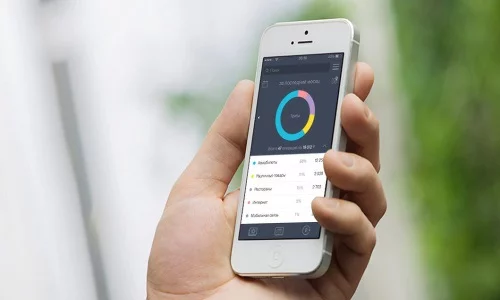
Mobile banking has revolutionized the way we manage our finances, offering unprecedented convenience and accessibility.
However, despite its growing popularity, several myths persist that can deter people from fully embracing this technology. Let’s debunk some of the most common myths about mobile banking and reveal the truths behind them.
1. Mobile Banking is Insecure
Myth: Mobile banking is not secure because your phone can be stolen or hacked.
Truth: Mobile banking apps are designed with robust security features such as encryption, biometric authentication (like fingerprint or facial recognition), and multi-factor authentication. These measures ensure that even if your phone is stolen, unauthorized access to your banking information is highly unlikely.
Banks also implement additional security measures like real-time alerts for suspicious activities and transaction limits to further protect your account. While risks such as phishing and malware exist, they can be mitigated by following best practices, such as downloading apps only from official sources, keeping your phone’s software up to date, and avoiding public Wi-Fi for banking transactions.
2. Mobile Banking Will Replace Physical Branches
Myth: Digital banking will completely replace physical bank branches.
Truth: Digital banking is not intended to replace physical branches but to complement them. It reduces the need for in-person transactions, allowing banks to serve customers more efficiently and focus on more complex needs that require personal interaction.
Digital banking also enables banks to reach customers in remote or underserved areas without the need to open new branches. This hybrid approach ensures that customers can enjoy the convenience of digital banking while still having access to in-person services when needed.
3. Mobile Banking Lacks Customer Service
Myth: Online and mobile banking do not offer the same level of customer service as in-person banking.
Truth: Many banks provide extensive customer support through various channels such as phone, email, live chat, and even AI chatbots. These services can offer personalized assistance and resolve issues quickly, often more conveniently than visiting a branch.
Additionally, mobile banking apps often include features like guided tutorials and FAQs to help users navigate the app and manage their accounts effortlessly.
4. Mobile Banking is Complicated
Myth: Mobile banking is too complicated for non-tech-savvy individuals.
Truth: Modern mobile banking apps are designed to be user-friendly and intuitive. They often include features like guided tutorials, easy navigation, and customer support to help users manage their accounts effortlessly.
Banks invest heavily in user experience design to ensure that their apps are accessible to all customers, regardless of their technical proficiency.
5. Mobile Banking is Not Insured
Myth: Accounts accessed through mobile banking are not insured.
Truth: Whether accessed online or in person, accounts at reputable financial institutions are insured by entities like the Federal Deposit Insurance Corporation (FDIC) or the National Credit Union Administration (NCUA).
This means that your money is protected up to the insured limit, regardless of how you access your account. The same level of protection applies to mobile banking as it does to traditional banking.
6. Mobile Banking Apps Store Sensitive Information on the Phone
Myth: Mobile banking apps store sensitive banking information on the phone, making it easy for thieves to access.
Truth: Most mobile banking apps do not store sensitive information on the device itself. Instead, they use secure methods to authenticate users and protect data during transmission.
In other words, even if your phone is lost or stolen, the risk of unauthorized access to your banking information is minimized. Additionally, many apps offer features like remote wipe, which allows you to erase data from your phone if it is lost or stolen.
7. You Can’t Deposit Checks or Cash Using Mobile Banking
Myth: You still need to visit a branch or ATM to deposit checks or cash.
Truth: Many mobile banking apps offer features like mobile check deposit, where users can deposit checks by taking photos of them. This feature significantly reduces the need for branch visits, making banking more convenient.
While depositing cash may still require a visit to an ATM, the convenience of mobile check deposits and other digital banking features means that most routine banking tasks can be handled from the comfort of your home.
8. Digital Transformation is Expensive and Time-Consuming
Myth: Implementing digital banking solutions is costly and takes a long time.
Truth: Modern digital banking solutions can be implemented quickly and cost-effectively. For example, some solutions can be set up in as little as eight weeks and offer pricing models based on usage, making them accessible for financial institutions of all sizes.
So, in essence, even smaller banks and credit unions can offer robust digital banking services without significant financial or time investments.
Key Takeaways:
By debunking these myths, it becomes clear that mobile banking is a secure, convenient, and efficient way to manage finances. As technology continues to advance, mobile banking will likely become even more integral to our daily lives.
By staying informed and following recommended security practices, users can enjoy the many benefits of mobile banking without falling prey to common misconceptions.


Be the first to comment